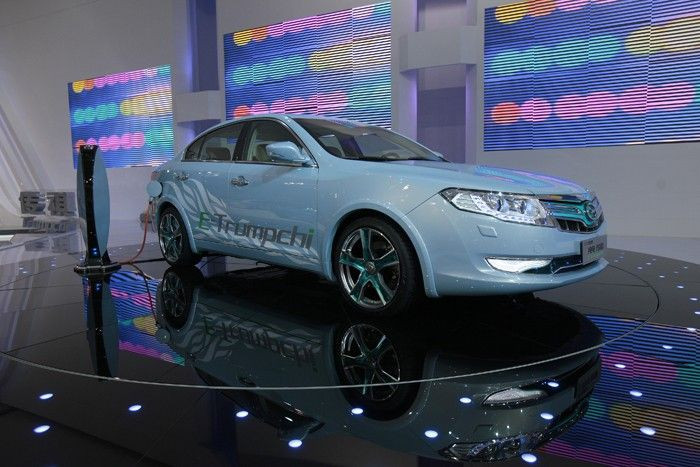Smartphone Concepts, Apps Will Create Revenue Opportunities for Automakers: Analyst

Smartphone concepts and apps are increasingly influencing the way vehicle manufacturers drive their business forward. These concepts and apps are opening up new revenue opportunities for the vehicle manufacturers.
Many automakers in Europe and North America have flooded the markets with free apps, focusing on areas such as customer relationship management and breakdown assistance. Value-added apps such as remote start/stop are also available now. The apps can put the vehicle in complete remote terminal fashion with controls, using vehicle human machine interface (HMI).
HMI elements have become both revenue generator as well USPs for different brands. Concepts such as Chevrolet MyLink, GMC Intellilink are examples of this HMI response by automakers.
An analysis by Frost & Sullivan has found that almost every automaker developing and hosting apps on popular application stores in the next year. Interest from handset makers such as HTC, Samsung, LG and Sony in the Nokia MirrorLink standard underscores its potential of becoming an industry standard, allowing vehicle manufacturers to standardize and make revenues out of apps.
Mobile apps in the consumer domain have created a revolution, emerging as a powerful alternative business model and revenue generator for handset makers, a Frost & Sullivan Research analyst has noted.
The analyst has said that though a similar situation cannot be envisioned for the auto market, standards such as MirrorLink and other developments are encouraging automakers to bet on smartphone apps. Added to this, the biggest driver this opportunity presents is the increased focus on HMI design and development.
Smartphone interface technologies such as Ford SYNC Applink, Nokia MirrorLink and several other concepts have given automakers confidence to pursue smartphone and apps, not as a threat but as a revenue generator and crowd puller. With all this in place and the advent of touch screen and advanced voice interfaces inside the car, the time is ideal for the vehicle manufacturers to leverage these drivers and make a revenue case.
The biggest challenge that remains is that of vehicle manufacturers allowing previously tier 2 software providers, handset makers and app companies more power than before, said the analyst.
Considering the tight control vehicle manufacturers exert over their supply chain, this will be the biggest block to overcome, if they hope to make money out of apps and smartphone interfaces.
The analyst has suggested that automakers need to create an ecosystem of developers and apps that they can host inside the car through either a common standard like the Nokia MirrorLink or through a proprietary standard like the Jaguar Connect and View, developed with RealVNC.
© Copyright IBTimes 2024. All rights reserved.




















